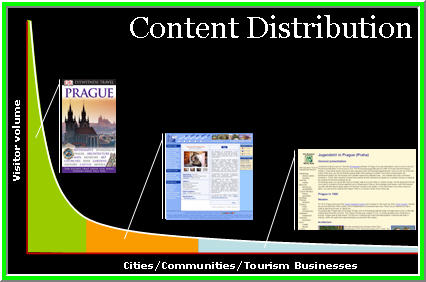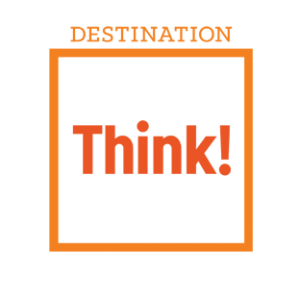Chris Anderson’s the long tail has inspired much of my strategic thinking the last year or so. It’s a great book that highly recommend reading. Or at least his article in Wired magazine. Recenly I was asked to speak about the changing expectations for content in the tourism industry. First thing that came to mind.. the long tail.

Traditionally (well, pre-internet), consumers had limited information about destinations and available tourism product and experiences. Guidebooks were the most common source for planning information. They do a terrific job at providing information about the most popular tourism experiences. But Guidebooks are constraint by the number of available pages and the result is that only most popular tourism experiences are included, with a sample of supporting services such as accommodation and restaurants.
Tourism websites like ours don’t have a limited number of pages. We can include much more information, in a greater level of detail. As a result, consumers have access to more information and potential experiences that could meet their specific interest. Websites have removed the physical constraints of paper pages in a guidebook and can go further down the tail. But there are constraints still. There’s only so much content publishers can create and maintain.
To go all the way down the tail, publishers need help. That’s where user generated content plays a key role. This is how you can get the information about all kinds of experiences you will never find in a guidebook, or even on a website. But these experiences can be very appealing to some consumers, and play a key part in making decisions about where to go, and how long to stay there. This how to fill the tail, provide consumers with the information they seek, and maximize benefits to tourism businesses.
« Travel Bloggers Summit
» Job opportunities at Tourism BC’s online unit
« Travel Bloggers Summit
» Job opportunities at Tourism BC’s online unit
» Job opportunities at Tourism BC’s online unit
Internet, tourism bc, Travel & Tourism
The long tail of tourism information
By William Bakker | 03.13.08 | 6 Comments
Tweet
« Travel Bloggers Summit
» Job opportunities at Tourism BC’s online unit

